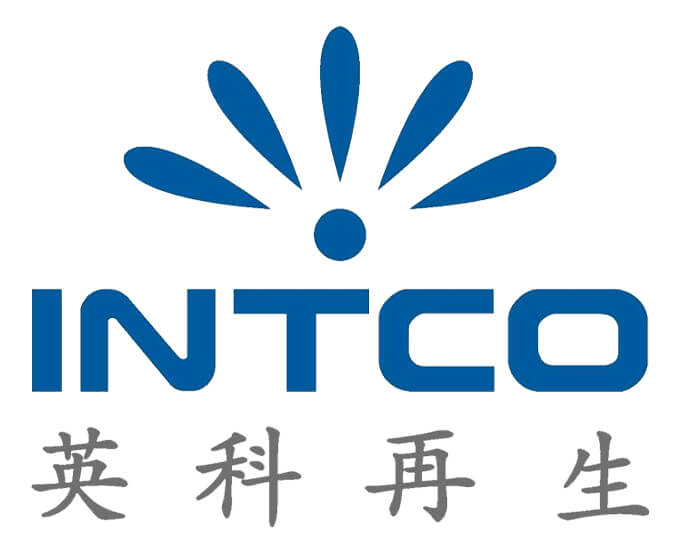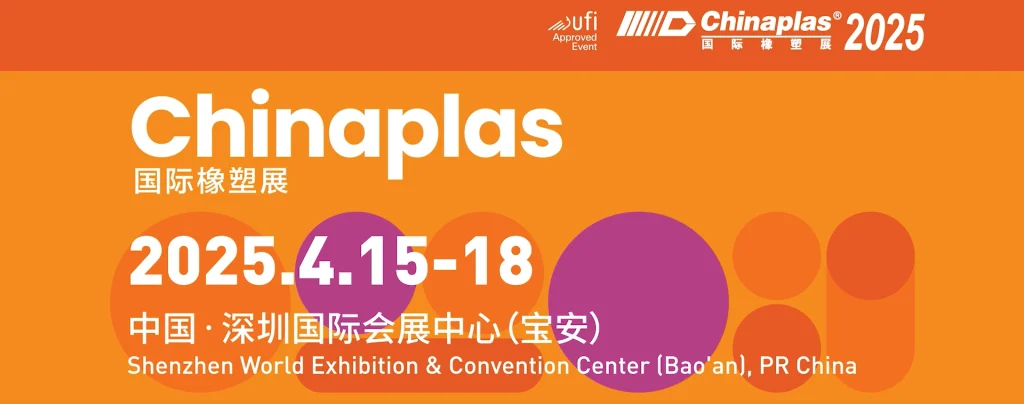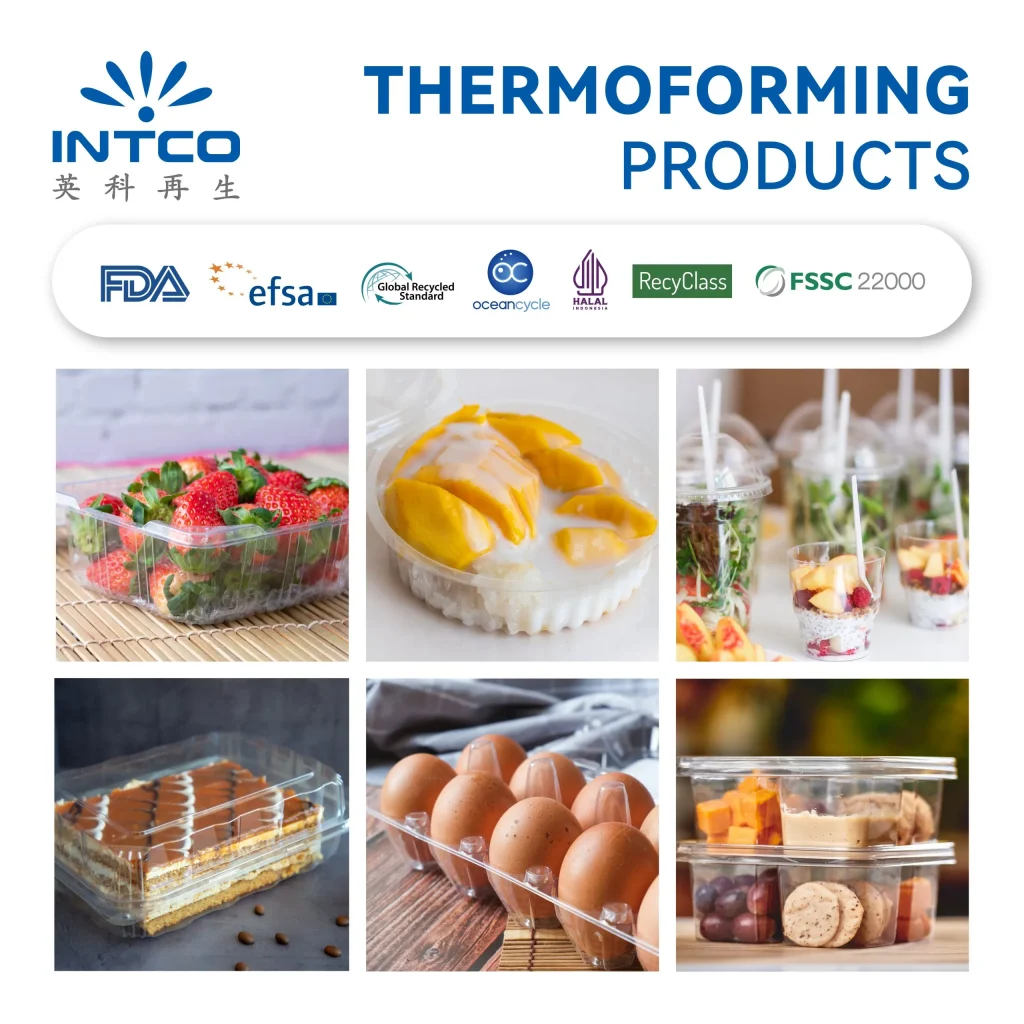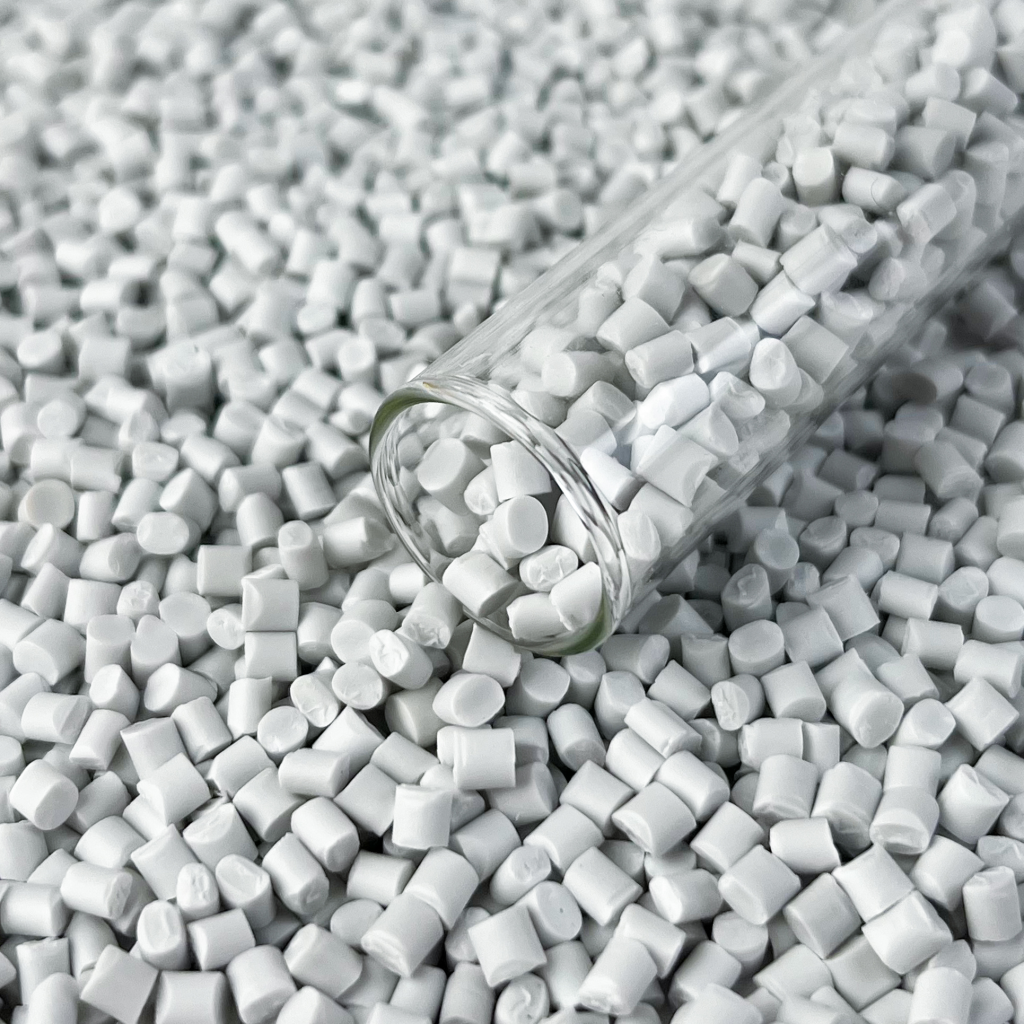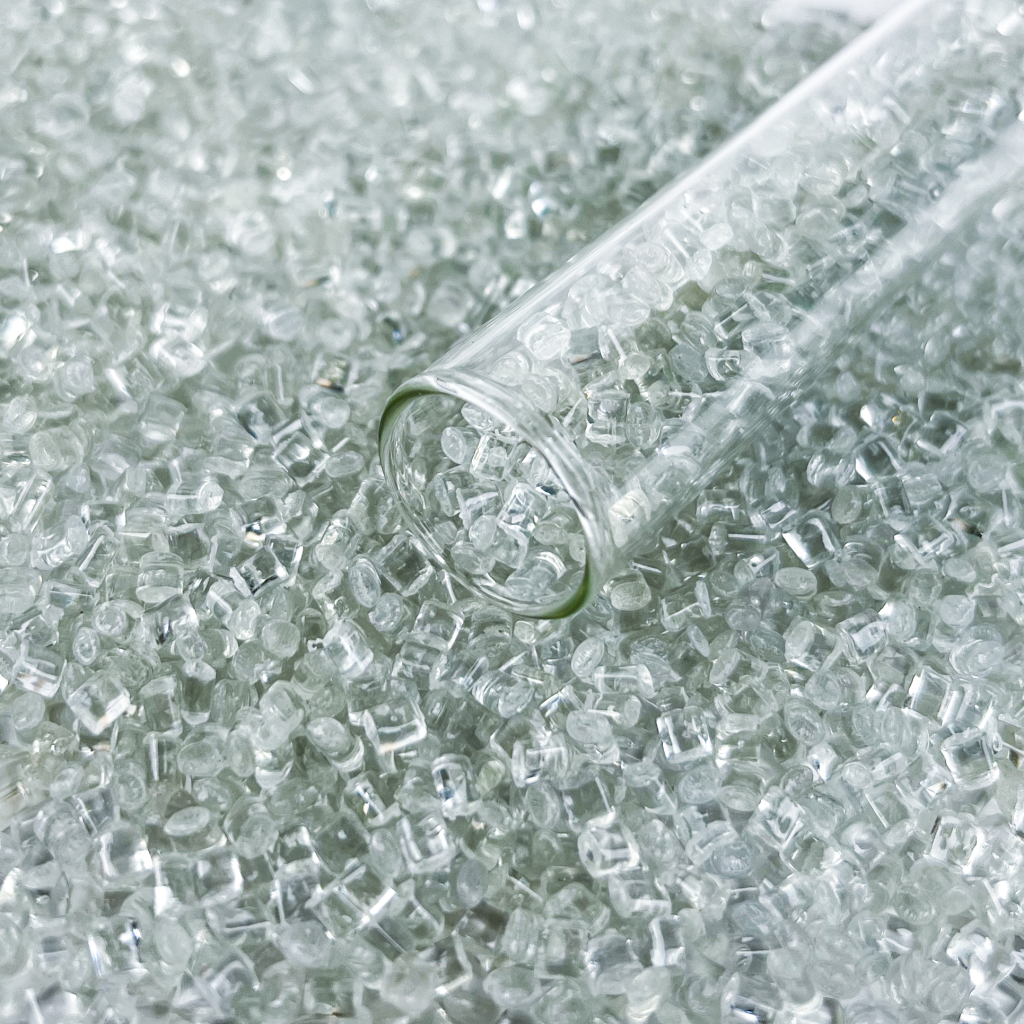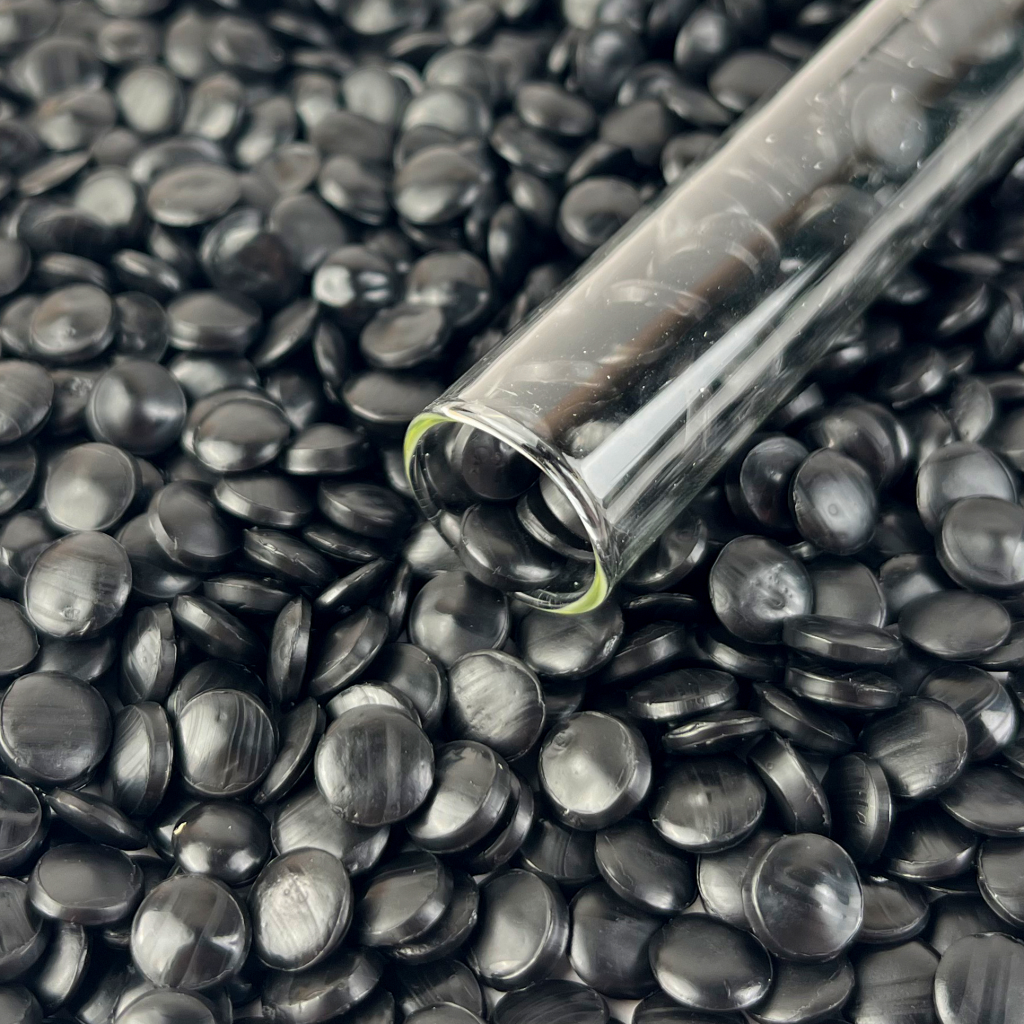Understanding Recycled PET
What is PET?
Polyethylene terephthalate, often abbreviated as PET, is a type of plastic that finds extensive application in various consumer products such as beverage bottles, food packaging, and synthetic fibers. Valued for its robustness, lightweight nature, and transparency, PET serves as a highly adaptable material widely utilized across different industries. However, the rising consumption of PET has sparked increasing concerns regarding waste management, thereby making recycling a crucial component of its lifecycle.
Introduction to Recycling Processes
The recycling process for PET typically begins with the collection of used PET products. These items are then sorted, cleaned, and shredded into small flakes. The flakes undergo various treatments to remove contaminants and impurities, after which they are melted and reformed into new PET products. Mechanical recycling is the most common method, involving grinding down the plastic and reprocessing it. Newer methods, such as chemical recycling, break down PET at the molecular level, allowing for potentially higher purity and fewer limitations on the recycling cycles.
Benefits of Recycling PET
Recycling PET offers numerous environmental and economic benefits. It reduces reliance on virgin plastic, thereby conserving raw materials and decreasing overall environmental impact. Additionally, the process requires less energy compared to producing new plastic from petroleum, leading to lower greenhouse gas emissions. Recycling PET also contributes to waste reduction, helping to alleviate the burden on landfills and reducing plastic pollution in oceans and waterways.
INTCO Recycling is a high-tech manufacturer specializing in resource recycling. They have created a full supply chain with recirculated plastics, including their recycled PET (rPET) products. rPET is produced by collecting post-consumer PET bottles and processing them into high-quality recycled PET pellets. These pellets are widely used in various applications such as beverage bottles, food packaging, fibers, textiles, and straps.
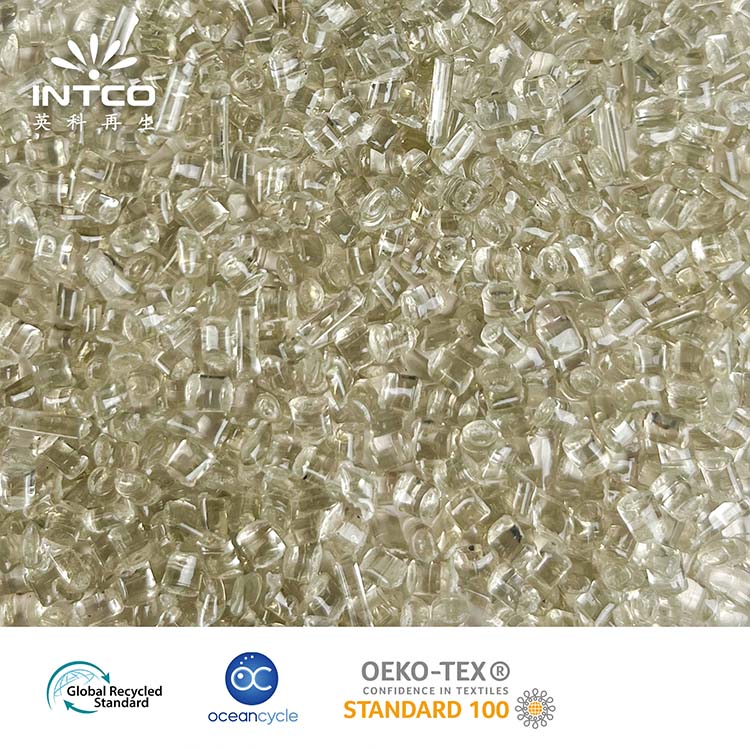
Factors Influencing Recyclability of PET
Quality Degradation Over Time
One of the primary factors influencing the recyclability of PET is the degradation in quality that occurs after each recycling cycle. While recycled PET can be reprocessed multiple times, its mechanical properties may weaken. Over time, the polymer chains break down, leading to reduced tensile strength and clarity. Such degradation necessitates the blending of recycled PET with virgin PET to maintain product performance, especially for applications demanding high-quality standards.
Presence of Contaminants
The recyclability of PET can be heavily affected by the presence of contaminants. Elements like labels, adhesives, and other plastics can degrade the quality of recycled PET. It is essential to have efficient sorting and cleaning methods to reduce contamination. Advanced technologies such as optical sorting and enhanced washing techniques are crucial in preserving the quality of recycled PET by removing non-PET materials and impurities.
Technological Advancements in Recycling
Technological advancements have enhanced the efficiency and effectiveness of PET recycling. Innovations in mechanical recycling equipment and chemical recycling processes have expanded the scope of applications for recycled PET. For instance, chemical recycling can depolymerize PET into its original monomers, allowing for the production of high-quality PET with properties similar to those of virgin material. Continuous improvements in these technologies are pivotal in extending the lifecycle of recycled PET.
Number of Recycling Cycles for PET
Typical Lifespan of Recycled PET
On average, recycled PET can endure multiple recycling cycles before it becomes unsuitable for further recycling into high-quality products. Generally, PET can be recycled around five to seven times mechanically, depending on the application and the extent of contamination and degradation encountered during each cycle. Each successive cycle tends to result in a slight loss of quality, which can be compensated by the addition of virgin PET or the transition to lower-grade applications.
Comparison with Other Plastics
Compared to other types of plastics, PET exhibits relatively good recyclability. While some plastics, like PVC, pose significant challenges due to their chemical compositions and potential for releasing hazardous substances, PET’s relatively stable and clean recycling process sets it apart. Polymers like high-density polyethylene (HDPE) and polypropylene (PP) also facilitate recycling efforts but often have different applications and quality requirements. The higher purity achieved in recycled PET operations helps it retain its desirability across various industries.
Environmental Impact of Repeated PET Recycling
Energy Consumption in Recycling Process
The energy consumption involved in recycling PET is an important consideration for its environmental impact. Mechanical recycling generally requires less energy compared to the production of virgin PET from raw materials. The process involves collecting, cleaning, shredding, and re-melting the plastic, which is significantly less energy-intensive. While chemical recycling might require more energy due to the need for precise conditions and reactions to break down PET at the molecular level, ongoing research and technological advancements are aiming to make these methods more energy-efficient. Reducing energy consumption in the recycling process contributes to the broader goal of minimizing environmental impact and promoting sustainable practices.
Reduction in Carbon Footprint
Recycling PET can lead to a notable reduction in the overall carbon footprint of plastic production. By reusing existing materials, the emissions associated with the extraction and processing of raw petroleum can be avoided. Studies have shown that incorporating recycled PET significantly lowers greenhouse gas emissions compared to using virgin PET. Initiatives focusing on increasing the proportion of recycled materials in products can further enhance these benefits. Companies incorporating recycled PET are contributing to the reduction in carbon emissions, which is a crucial step toward mitigating climate change and promoting environmental sustainability.
Waste Management and Disposal Concerns
Waste management and disposal of PET products present substantial concerns, especially given the volume of plastic waste generated globally. Recycling initiatives help in managing this waste more effectively by diverting it from landfills and reducing plastic pollution. Recycled PET offers a viable solution by converting waste into valuable resources, thereby contributing to a circular economy. However, challenges remain, such as the need for better collection and sorting systems to handle various types of plastic waste efficiently. Ongoing improvements in waste management infrastructure and policies are essential to maximize the benefits of PET recycling and minimize its environmental impact.
Innovative Practices in PET Recycling
Chemical vs. Mechanical Recycling Methods
There are primarily two methods used for recycling PET: mechanical and chemical recycling. Mechanical recycling is the more traditional approach, involving the collection, sorting, cleaning, and remelting of PET products to create new materials. This method is effective but may result in the degradation of material properties over successive cycles. Chemical recycling, on the other hand, breaks down PET into its fundamental monomers, which can then be re-polymerized into high-quality PET. This method offers the potential for infinite recycling cycles without quality loss. Both methods play crucial roles, and advancements in these technologies continue to enhance the efficiency and quality of recycled PET products.
Emerging Technologies and Research Advances
Emerging technologies and research advances are constantly pushing the boundaries of PET recycling. Innovations such as advanced cleaning and sorting technologies, as well as improvements in chemical recycling processes, have significantly enhanced the quality and efficiency of recycled PET operations. Research into biocatalytic methods for breaking down PET is also showing promise, potentially offering more sustainable and less energy-intensive options for recycling. The development of these technologies and ongoing research efforts are pivotal in making PET recycling more effective and expanding the scope of its applications.
Global Initiatives and Policies Supporting Sustainable Recycling
Global initiatives and policies play a crucial role in supporting sustainable PET recycling. Governments and international bodies are increasingly implementing regulations that mandate recycling and the use of recycled materials in new products. Incentives for companies that use recycled PET help in promoting its adoption across industries. Initiatives such as the Ellen MacArthur Foundation’s New Plastics Economy and various Extended Producer Responsibility (EPR) schemes aim to create a more sustainable and circular economy for plastics. Such policies encourage innovation and investment in recycling technologies, ultimately enhancing the sustainability of PET recycling efforts.
INTCO‘s rPET pellets are certified with FDA, EFSA, and GRS, ensuring their compliance with food safety and environmental standards. The company is committed to sustainable development and environmental responsibility. Through their recycling efforts, they have the capacity to recycle 50,000 tons of PET bottles annually, saving 450,000 tons of crude oil, reducing carbon emissions, and preserving millions of trees.
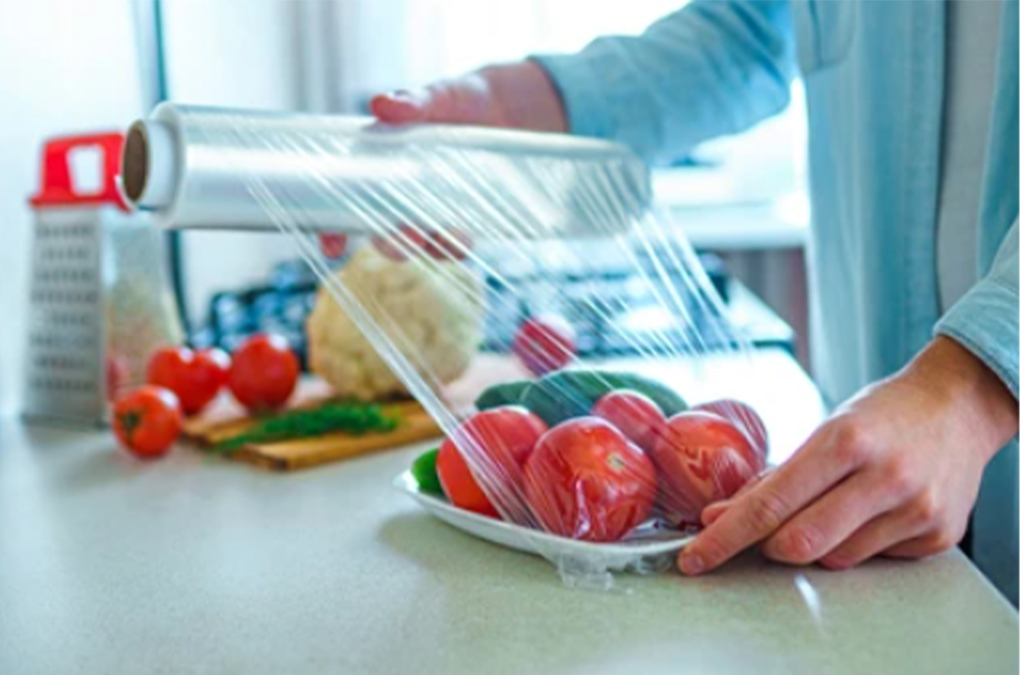
Future Prospects for Recycled PET
Enhancing Material Efficiency
Enhancing the material efficiency of recycled PET is a key focus for future developments. Efforts are being made to improve the quality and properties of recycled materials through better recycling practices and technologies. Advances in additive manufacturing, for example, allow for more precise control over the material properties of recycled PET, making it suitable for a wider range of applications. By improving the efficiency and quality of recycled PET, it can increasingly replace virgin plastic in various industries, driving forward the sustainability agenda.
Consumer Role in Sustainability Efforts
Consumers have a crucial impact on the success of PET recycling initiatives. By becoming more informed and engaging in recycling activities, they can significantly boost the collection rates of PET items. The demand from consumers for goods made from eco-friendly materials can push brands and manufacturers to use a higher percentage of recycled PET in their products. Educational and awareness programs are essential for empowering consumers to make choices that are better for the environment. Through active participation in recycling and support for products containing recycled PET, consumers play a key role in minimizing plastic waste and fostering a circular economy.
Predictions for the Recycling Industry’s Evolution
The recycling industry is poised for significant evolution with the continuous advancements in technology and increased focus on sustainability. Predictions for the industry’s future involve greater integration of advanced recycling methods, such as chemical recycling, to improve the quality and durability of recycled PET. The industry is also likely to see more robust policies and frameworks that support recycling efforts and the use of recycled materials. Additionally, collaborations between various stakeholders, including governments, industries, and consumers, will be essential in creating a more sustainable and efficient recycling ecosystem. As the industry evolves, recycled PET is expected to play an even more critical role in reducing plastic waste and fostering environmental sustainability.
In conclusion, recycled PET represents a viable solution to the environmental challenges posed by plastic waste. By understanding the factors influencing its recyclability, supporting innovative recycling practices, and actively participating in sustainability efforts, society can enhance the lifecycle and utility of PET, promoting a more sustainable future.
Driven by proactive innovation, INTCO aims to become a global leader in resource recycling. They continue to advance their plastic recycling technologies and expand their product offerings to include other types of plastics. With their dedication to sustainability and circular economy principles, INTCO Recycling contributes to a greener and more environmentally conscious future.
